Nestled in the picturesque seaside village of Ardmore, County Waterford, Main Street is more than just a road; it’s the vibrant lifeline of the community. This charming thoroughfare encapsulates the essence of Ardmore, blending rich history, local culture, and stunning scenery into a delightful experience for both residents and visitors alike.
A Stroll Through History
As you wander down Main Street, you’ll find yourself surrounded by a tapestry of stories woven into every building and corner. This street has been the heart of Ardmore for generations, serving as a gathering place where locals come together to share their lives and traditions.
- Historic Architecture: The street has an eclectic mix of architectural styles, from traditional thatched cottages like Straw Cottage to more modern establishments. Each structure holds a piece of Ardmore’s history, reflecting the evolution of this coastal village over time.
- Local Landmarks: Key sites along Main Street include the Post Office, which has served the community for decades, and the White Horses Restaurant, once home to the Royal Irish Constabulary barracks. These landmarks not only provide services but also tell tales of Ardmore’s past.
Community Spirit
Main Street is alive with the spirit of community. It’s where you’ll find friendly faces and warm welcomes that make Ardmore feel like home. The locals take pride in their village, which is evident during community events and festivals.
- Ardmore Farmers Market: Throughout the summer, Main Street transforms into a bustling market where local farmers and artisans showcase their produce and crafts. It’s a perfect opportunity to taste fresh local flavors while mingling with residents.
- Cultural Celebrations: Events like Pattern Day, celebrating St. Declan’s feast day on July 24th, bring the community together for lively festivities filled with music, dance, and delicious food. Join in on the fun and experience the warmth of Ardmore’s hospitality!
A Gateway to Adventure
Main Street also serves as a gateway to some of Ardmore’s most breathtaking attractions:
- Ardmore Round Tower: Just a short walk from Main Street, this iconic 12th-century structure offers stunning views and a glimpse into Ireland’s ecclesiastical past. Climb to its base and imagine the stories it could tell.
- The Cliff Walk: Starting near Main Street, this scenic 4-kilometer trail takes you along dramatic cliffs with panoramic views of the Atlantic Ocean. It’s an unforgettable way to connect with nature while enjoying historic landmarks along the route.
- Ardmore Beach: A stone’s throw away from Main Street, this beautiful beach is perfect for swimming, sunbathing, or simply relaxing by the shore. With lifeguards on duty during summer months, it’s a safe spot for families to enjoy.
Conclusion
Main Street in Ardmore is more than just a thoroughfare; it reflects the village’s rich heritage and community spirit. As you explore this charming street, take time to appreciate the stories behind each door and window—each one contributes to the unique character that makes Ardmore so special.
So whether you’re enjoying a meal at one of its restaurants, browsing local shops, or participating in community events, you’ll find that Main Street is truly the heartbeat of Ardmore. In this place, history meets hospitality in one of Ireland’s most enchanting coastal villages. Experience it for yourself!
Citations:
[1] https://www.ardmorewaterford.com/explore-ardmore/
[2] https://www.theirishroadtrip.com/ardmore-in-waterford/
[3] https://www.ardmorewaterford.com/ardmore-waterford-main-street/
[4] https://www.ardmorewaterford.com/things-to-do/
[5] https://en.wikipedia.org/wiki/Ardmore,_County_Waterford
[6] https://www.waterfordvisitorcentre.com/blog/travel-guide-ireland/historic-surroundings-ardmore
[7] https://www.gleesonproperty.com/main-street-ardmore-waterford-4/
[8] https://www.gleesonproperty.com/main-street-ardmore-waterford-3/
Do You Know The Story Behind Every Door In Ardmore?
Behind every door is a story. And, every window is a perspective.
In 2009, there was a brief discussion between Mary Moloney, chairperson of Ardmore Tidytowns, and Michael Reilly. This led to an email exchange about the history of Main Street in Ardmore with James Quain. James then wrote a lovely draft piece on Main Street, which we have included below. We also include news of an exciting project and a little warning from a poem about protecting our Main Street.
Like so many villages in Ireland, Ardmore Main Street lies at the heart of our community. Behind each doorway is an untold story of the generations born, worked, and even died here. All these stories from our shared history have gently evolved through the years. As you explore our beautiful Main Street, remember that the street also stores the names of all that transverse it. Whether these names are past or present, resident or tourist, they all combine and continue to shape our community.
MAIN STREET, ARDMORE
James T Quain 29 / 7 / 09
A street may be defined as a broad road within a settlement and lined with houses on both sides. The word street is derived from the Latin strata meaning a paved way. Main Street is the principal street in Ardmore and defines the linear form of the village. It is in fact the only street – all the other ‘ways’ are roads and lanes.
It seems that the term main street was an accepted statement of fact as there is no evidence that it was ever officially named. In Slater’s Directory of Munster (1895) the address of Michael Ahearn’s Hotel, Quinn’s Bakery, and the various grocers and publicans are all given as Main Street. The arrival of public utilities such as Water Supply and particularly Electricity in 1954 led to the appearance of many familiar items of street furniture including water pumps & troughs and street lighting. This all served to consolidate and enhance its position as the main street.
The history of Main Street is not simple, made up as it is of individual householders. It is however bound up with the history of Ardmore in general and farming in particular down through the centuries. A few examples will explain this:
Main Street may originally have been a road linking St Declan’s Road / Botahr na Trinse to the sea and perhaps to the early settlement consisting of a crannog/lake dwelling – around 500 AD in early Christian times, to put a very rough date on it. Being on the low ground i.e. to the north of the ‘great height’ of Ardmore, making it suitable for building on later.
The first stone-built house on Main Street was probably ‘Straw Cottage’ – Mgt Murphy’s thatched house. The house and garden are part of Farrangarret but are detached from the main part of the townland and instead form an island within the townland of Duffcarrick. Farrangarret means Garret’s farm so this may have been the farmhouse residence of Garret Fitzgerald who was farming here in 1654. Most of the villagers however were tenant farmers living in very poor conditions. In 1841 Mr. and Mrs. S. C. Hall described Ardmore as ‘a miserable village containing no houses but that of the rector, above the rank of a cabin’.
The ‘open field’ system of farming allowed for crop rotation and was practiced in Ardmore from medieval times up to the 19th century. Strips of land were allocated within very large open fields to ensure that each farmer/villager had a share of good and bad land. When the Odell Estate was put up for auction in 1893 many houses in the village were still held in conjunction with land in Dysert – the last traces of the system. Johnny Fitzgerald’s house (now owned by Paddy Carleton) was an example of this and threshings were held in the backyard into the 1950s. So the village of Ardmore was a farming community during all that time.
For well over 100 years Main Street has been a mix of residential and commercial properties. Various places of interest can be noted as one wanders down Main Street:
Thatched Houses incl. Straw Cottage
Post Office (4th location)
White Horses Restaurant – site of former RIC Barracks
Community / Village Hall
Ardmore Hotel (Mick Ahearn and later Wm Harris
Old Forge & Banding Stone (former Post Office & restaurant)
—-
Some Exciting News
Jumping ahead to 2016, we are fortunate that Ardmore Tidy Towns are engaged in a great project to celebrate the 1916 commemorations. They are seeking to publish the names of all the residents of Main Street during 1916. With the help of John Tierney of Eachtra and a member of The Ardmore Grange Heritage Group, local historians Tommy Mooney and Noel Rooney, and under the dutiful coordination of Sheila Rooney, this project sounds like it will be a great success. Waterford Council also grants aiding this initiative.
Family names now associated with the Main Street include:
Power, Harty, Fitzgerald, Dywer, Moloney, McCarthy, Keever, Quain, Carlton, Stilwell, Reilly, Quinn, Murphy, Hassett, Grady, Ahearn, Harris, O’ Brien, Mockler, Veale, Ward, Hanrahan, O’Shaughnessy, Gallagher, Crowley, Rooney, Mansfield, Moloney’s, Wolsey’s, Griffin, etc so if anyone has any knowledge relating to families who may have resided there at the start of the 20th Century. Please do pass on any information to Tidytowns.
We end with a warning from a poem by Sir John Betjeman about not preserving our past that we should all consider. Our beautiful main street has been fortunate to have not suffered at the hands of …
The Planster’s Vision
Cut down that timber! Bells, too many and strong,
Pouring their music through the branches bare,
From moon-white church-towers down the windy air
Have pealed the centuries out with Evensong.
Remove those cottages, a huddled throng!
Too many babies have been born in there,
Too many coffins, bumping down the stair,
Carried the old their garden paths along.
I have a Vision of The Future, chum,
The worker’s flats in fields of soya beans
Tower up like silver pencils, score on score:
And Surging Millions hear the Challenge come
From microphones in communal canteens
“No Right! No wrong! All’s perfect, evermore.”
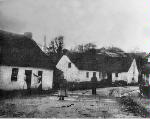
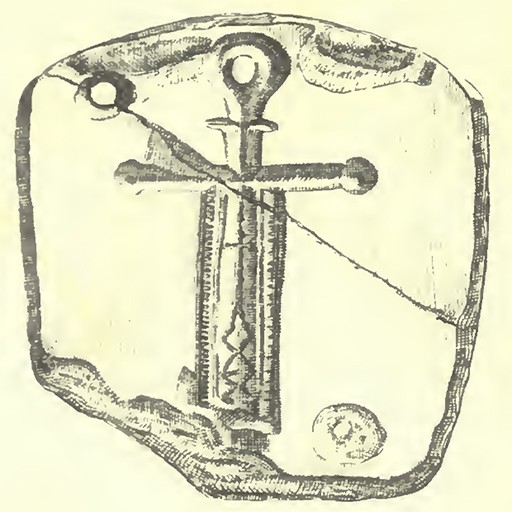
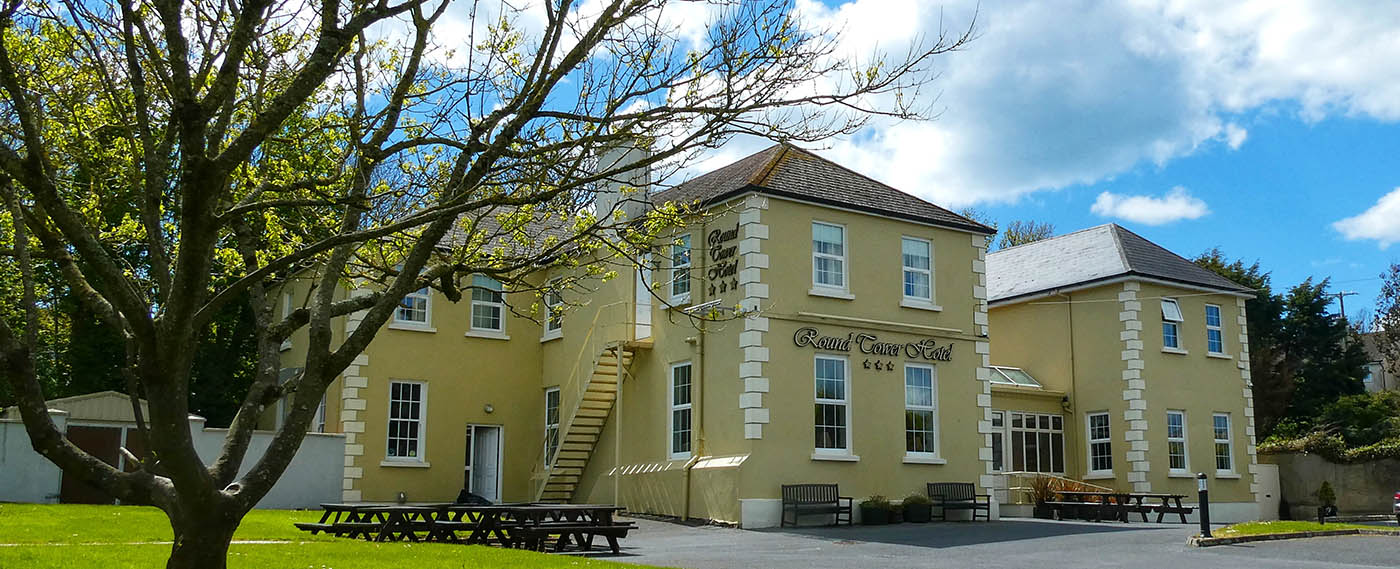
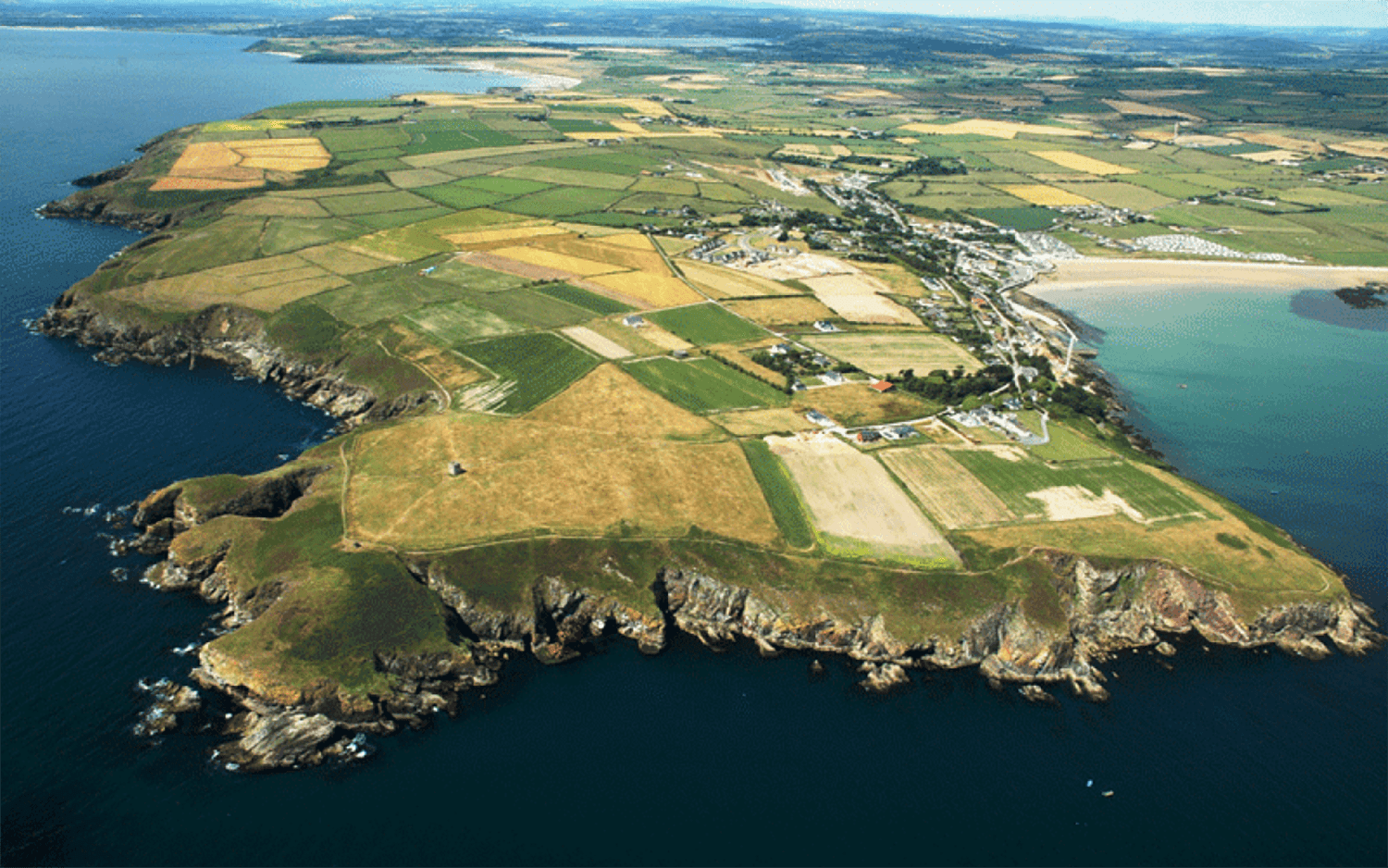
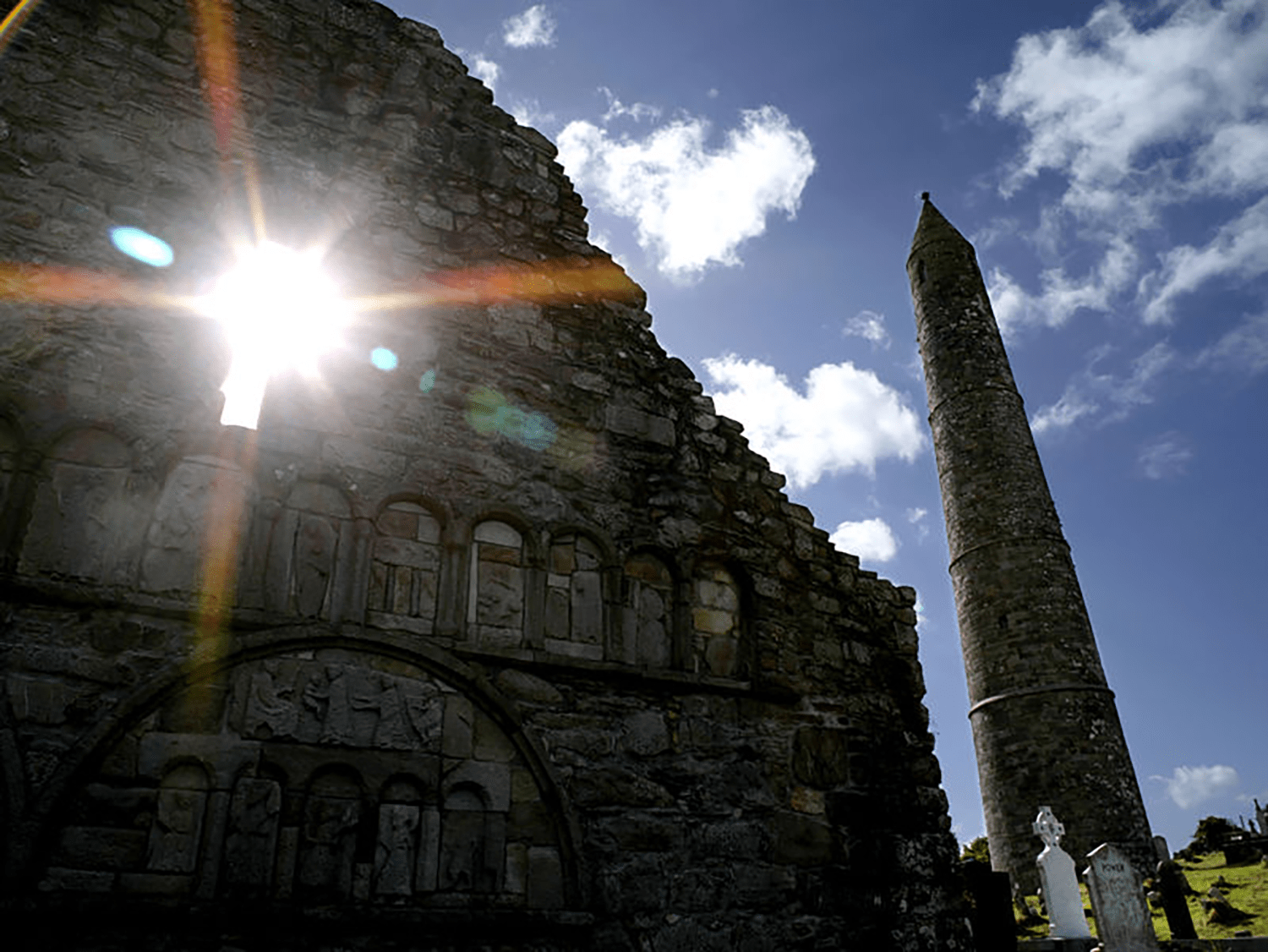
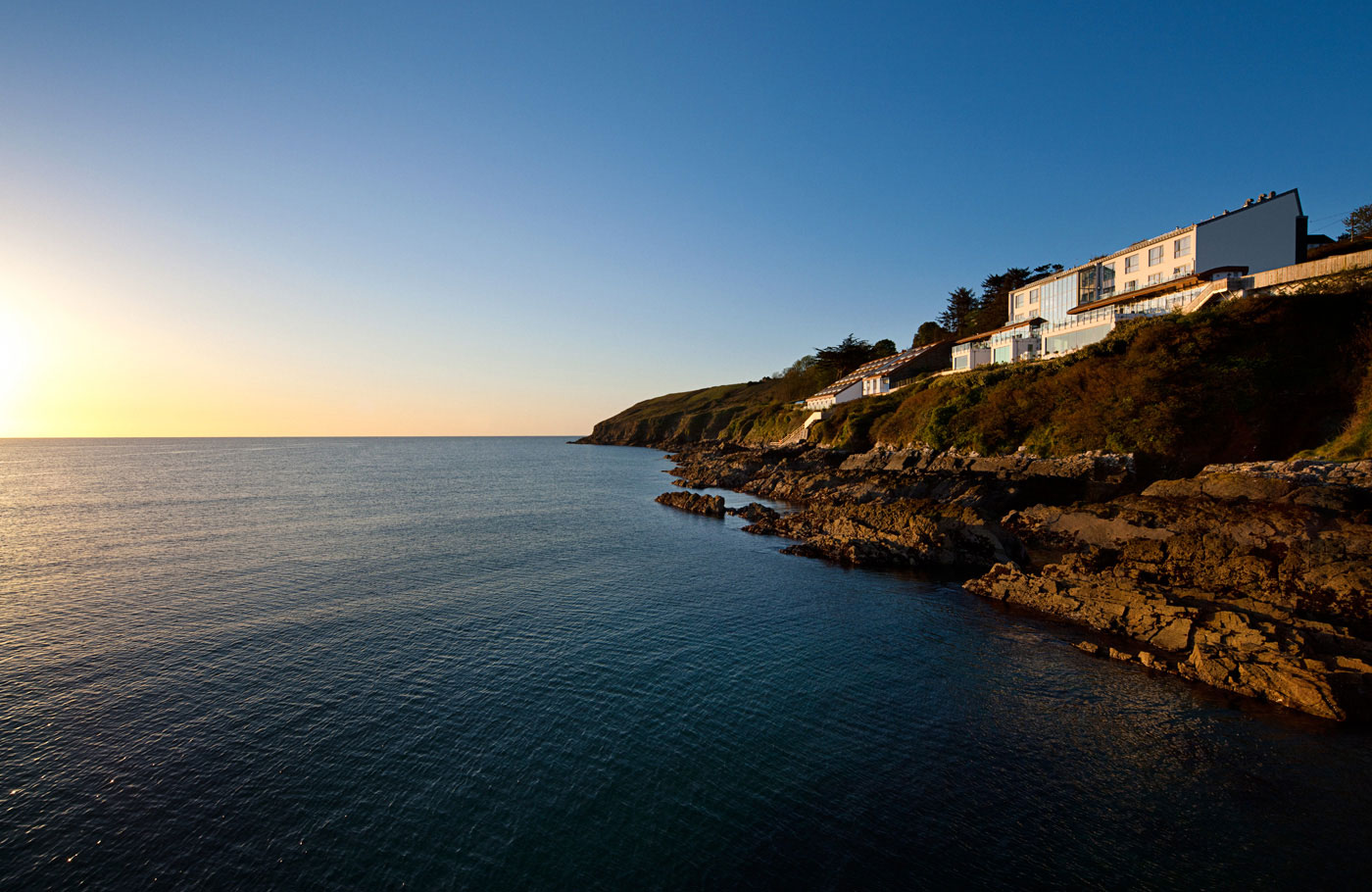
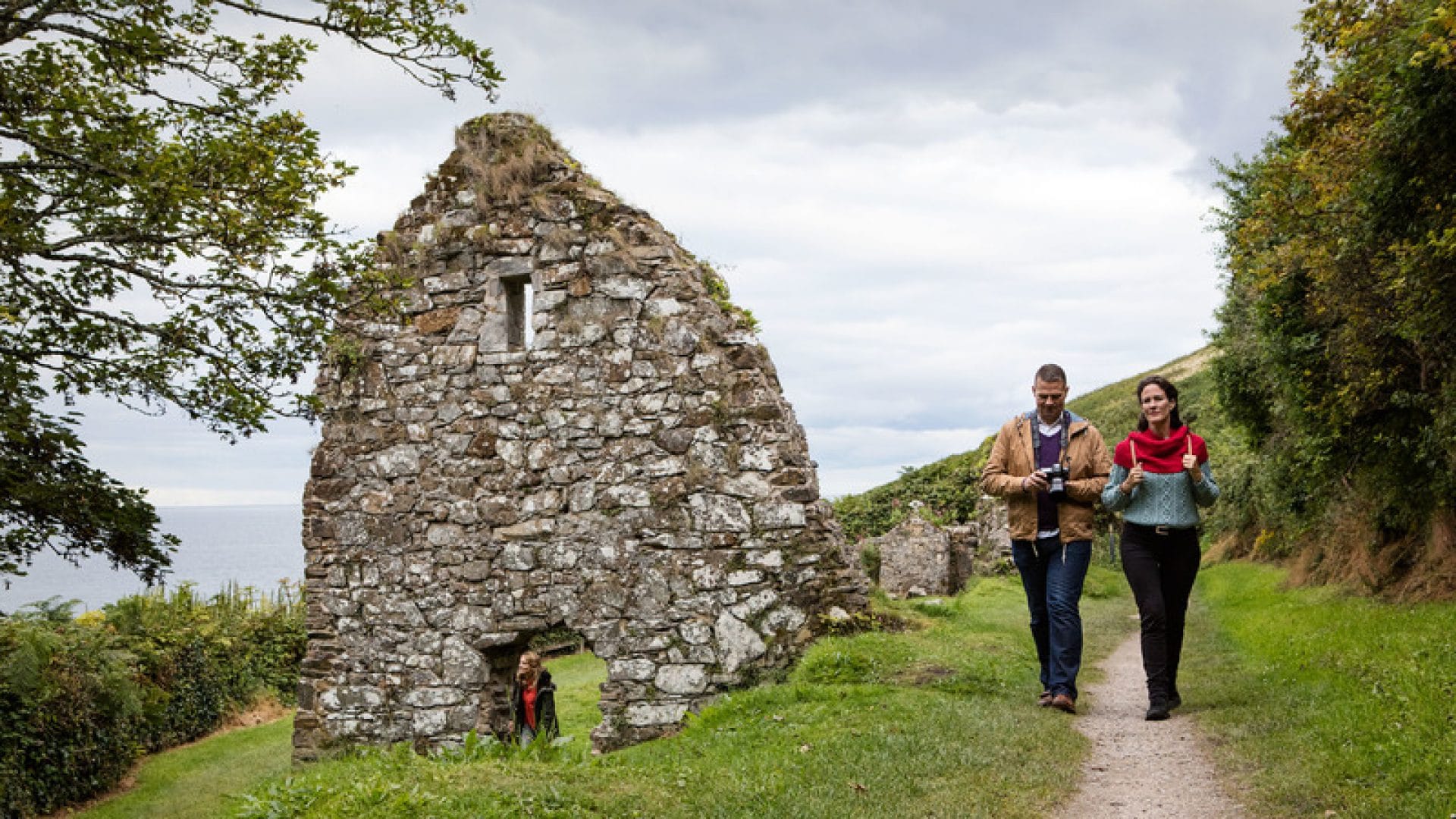
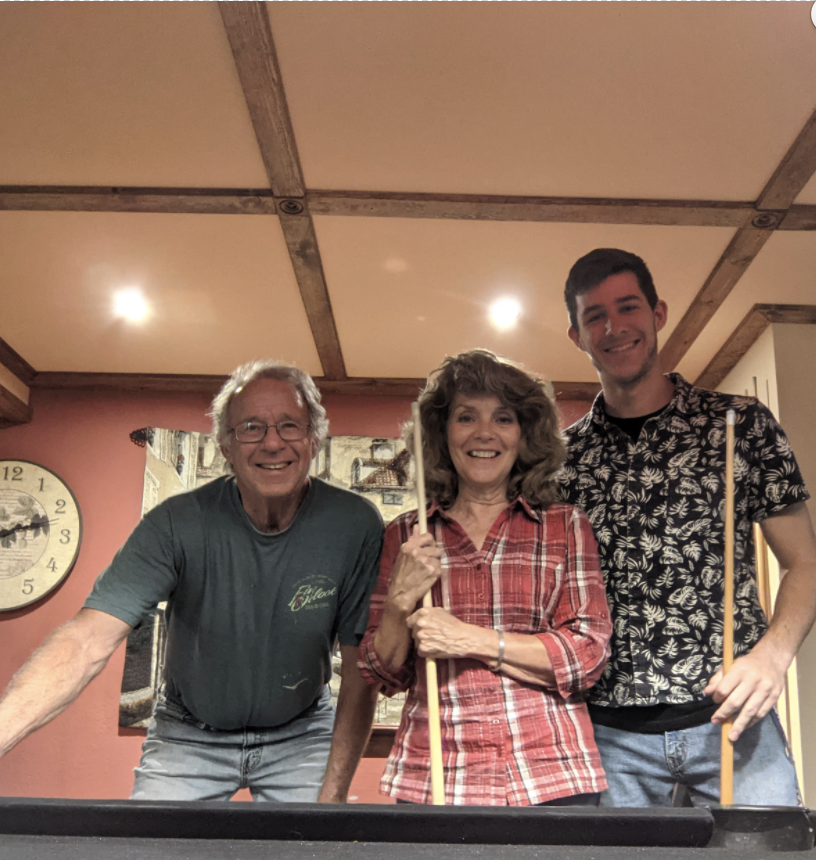


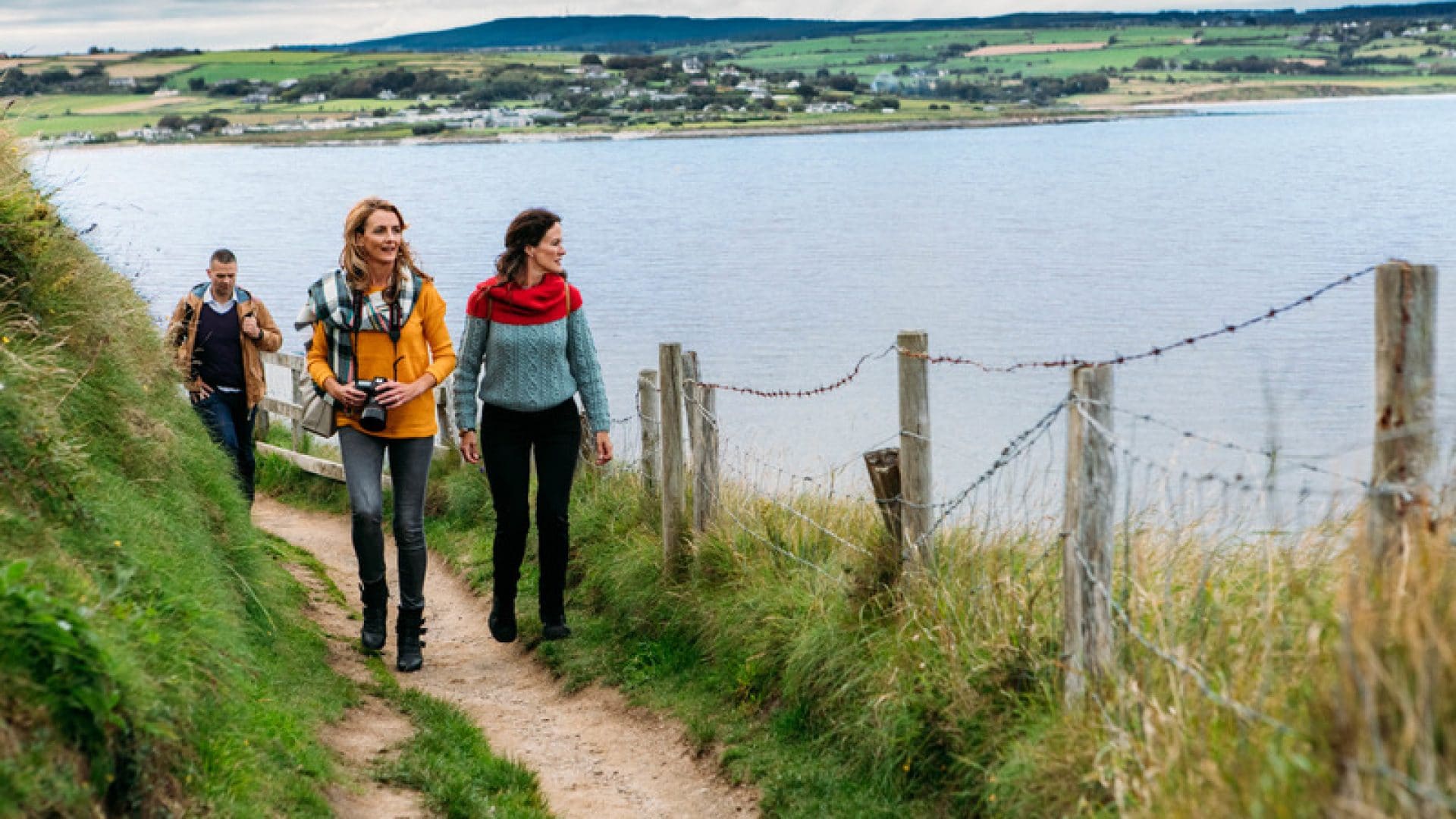
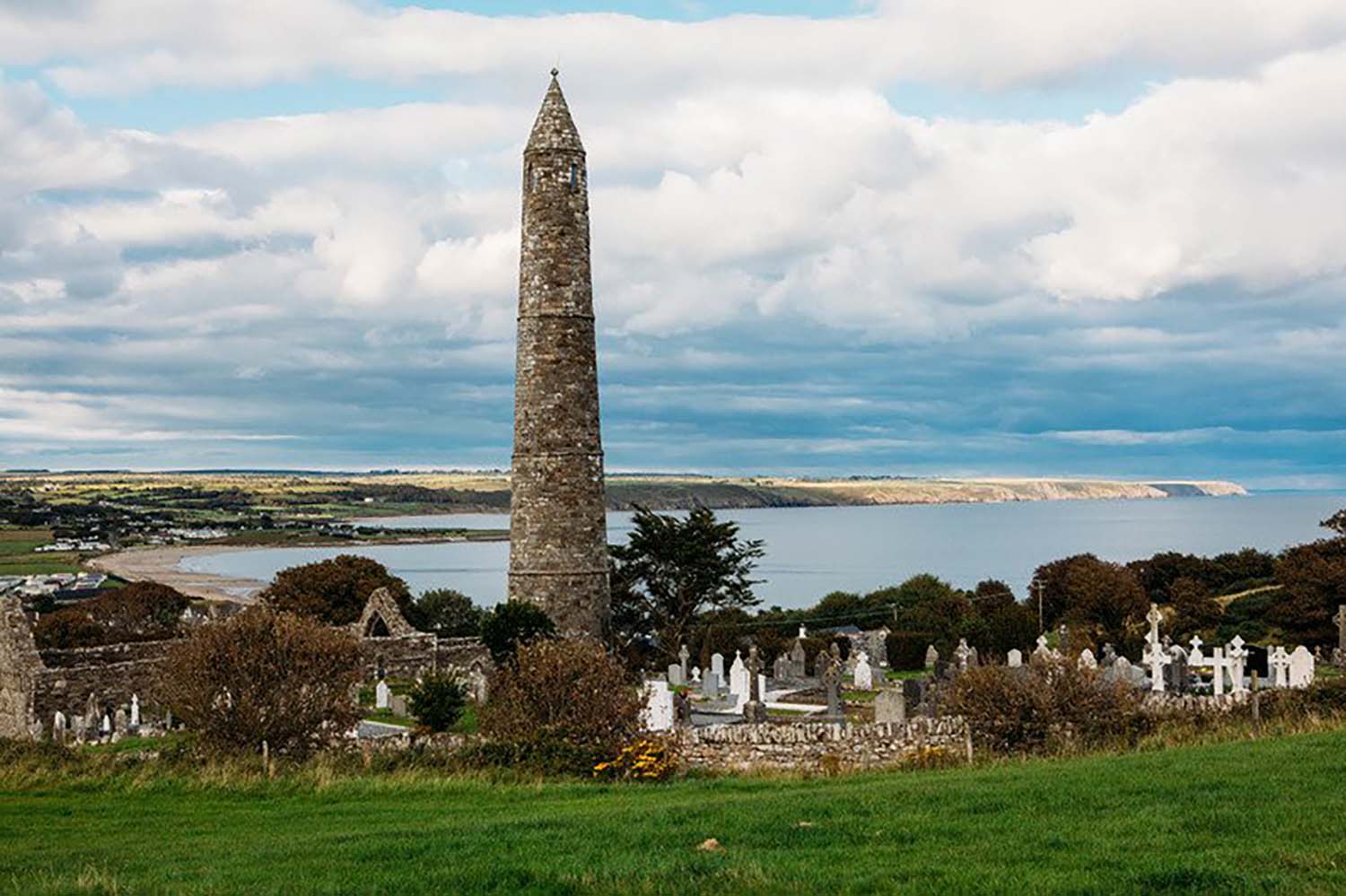
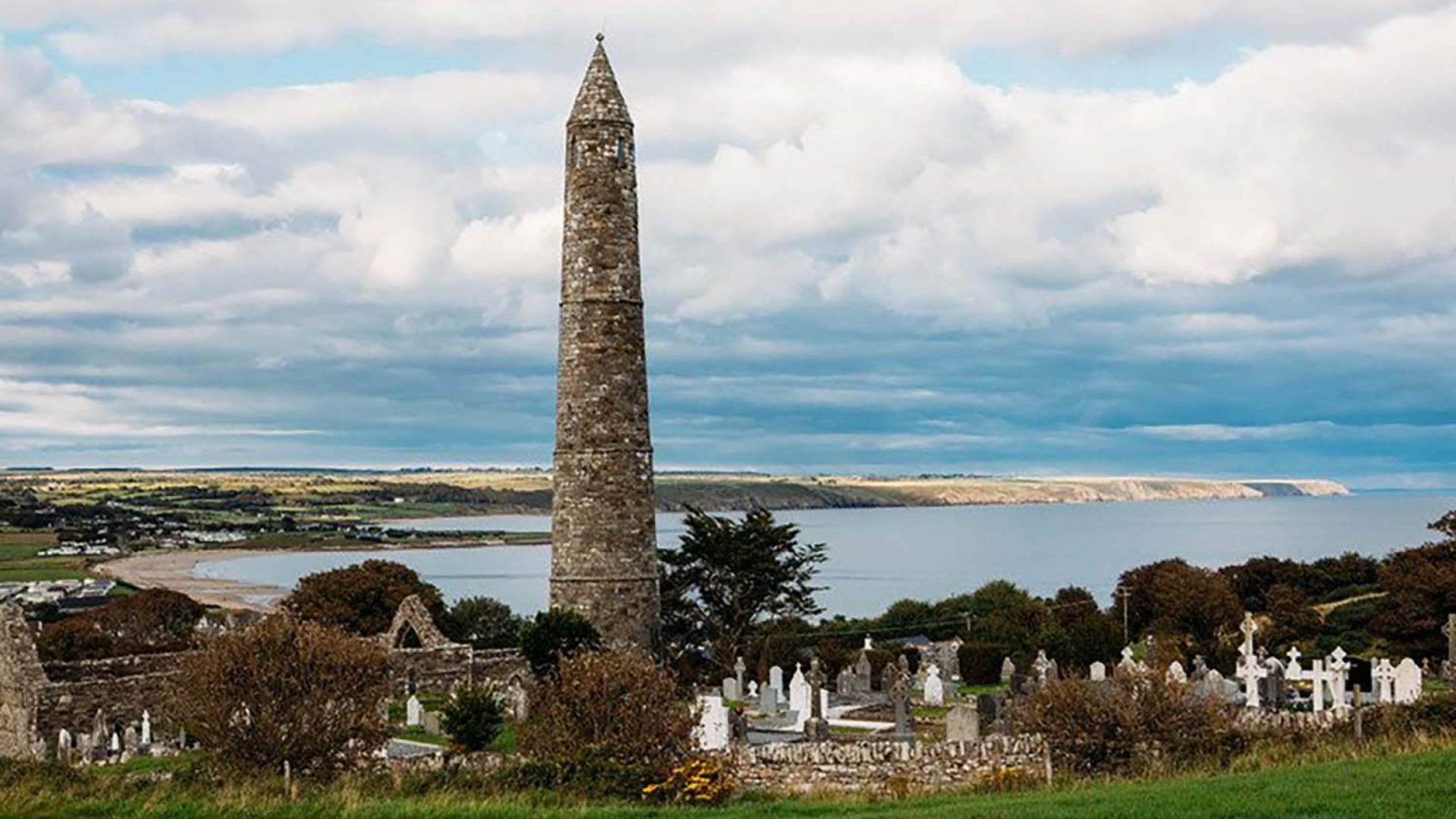

I visited Ardmore a number of times between 1971 and 1976, one year I stayed with a mate in his families guesthouse sadly, like most things, I’ve forgotten his name and the name of the guesthouse. I seem to remember Brothers staying there too. Was last in the village about 5 years ago, hoping to visit Judy Shinnick who I met back in 1971.
Lovely village and have great memories of my time there
Andy, Good to hear from you and thank you for the comment.
Do you remember where abouts the guest house was and someone may be able to track it down for you?
Hopefully some of the posts here or on the facebook site bring some nice memories for you?
https://www.facebook.com/ardmoregrangeheritagegroup
Thanks and yes great memories, just can’t recall where things were. Too much time spent in the great pub at the end of the road. Fantastic times, disco or similar in building at the fork in the road, possibly village hall??
Spent many years in this village, have a lot of memories on the fishcompetions and the company with this nice people.We consider this village as our second home.I am the only one that won six times the fishing competition in summer, the trophy is still on the shelf in the Keevers bar
I spent the summer of 1955 with my mother, brother, grandmother, and great aunt. We stayed in a house owned by Florence Veale (widow of Thomas Veale). My grandmother, Helen Veale, and her sister, Agnes Veale, lived there with their other brothers and sisters: Mary Margaret Veale, Thomas Veale, Bridget Veale, John Veale, Catherine Veale, Nicholas Veale, Patrick Veale. They were children of Thomas Veale and Mary Kennedy Veale. All children except Thomas emigriated to the United States. Their address was “Main Street, Ardmore”. I look forward to further information about the Veales of Ardmore.
I also have knowledge about relatives who owned/lived in “Sun Lodge” on Coffey Lane. I look forward to further information on that location. I know that it was recently remodeled.
Fortunately, I will be visiting Ardmore June, 2016.
Hello Elizabeth
Here is a project happening in Ardmore that you might be interested in
http://thememorytrail.com/place/2759
Thank you so much! Could you help me to get in touch with a friend I made there, Sheila Mockler? She was probably born in 1950 – 1952.
Of course we can do that for you. She lives nearby.
If you want to send your contact details to contact@ardmorewaterford.com we can pass them on for you.
Would anyone know Jimmy Rooney, who had the pub and lounge on Main Street in 1970? I traveled through there that summer.